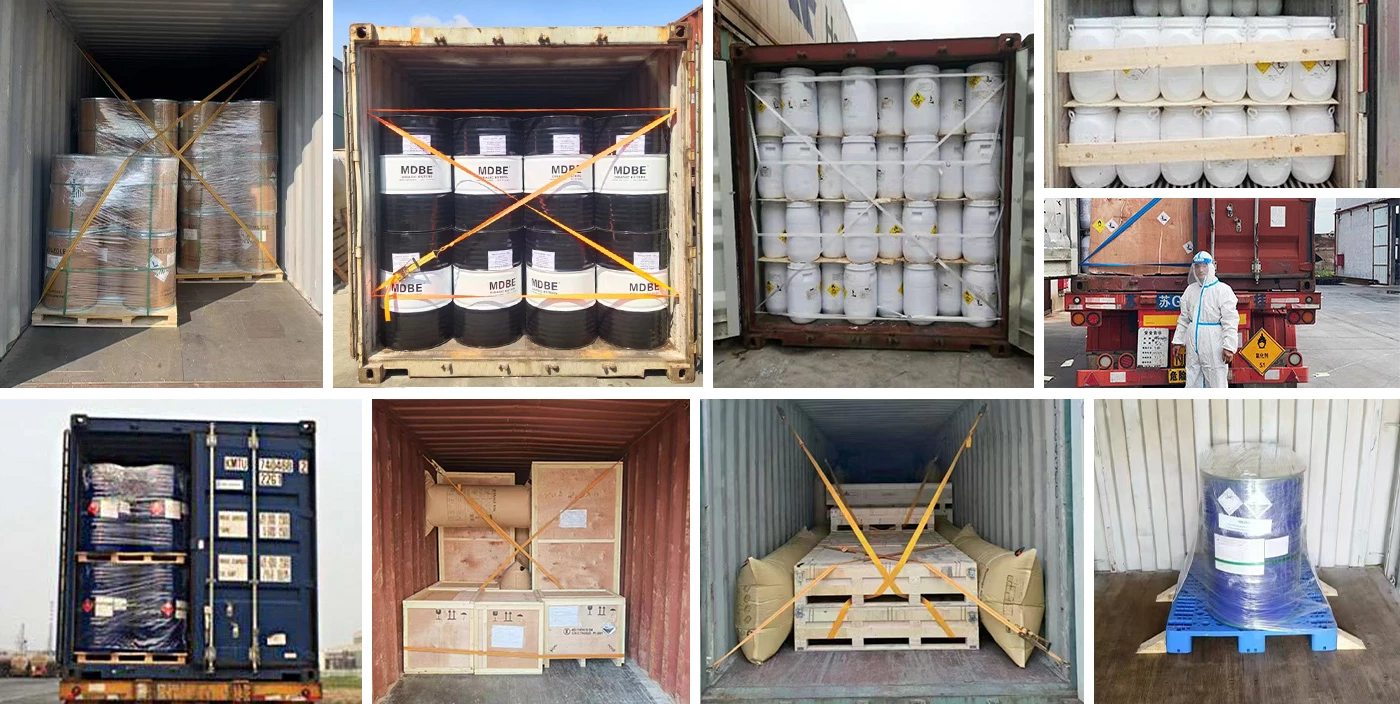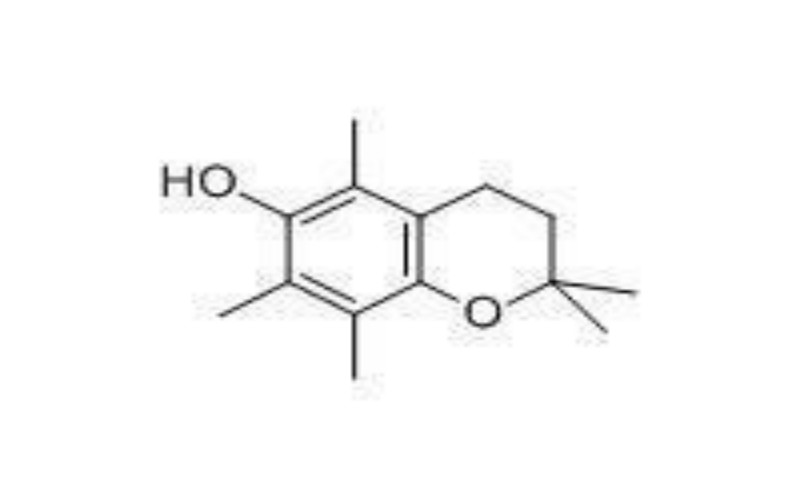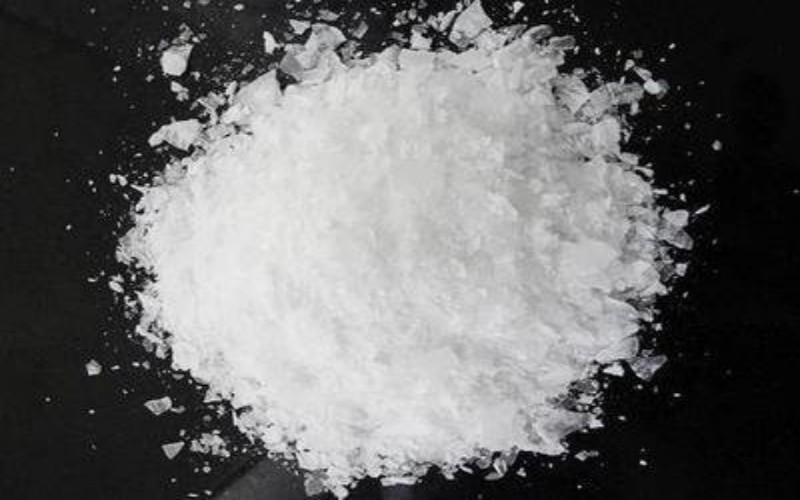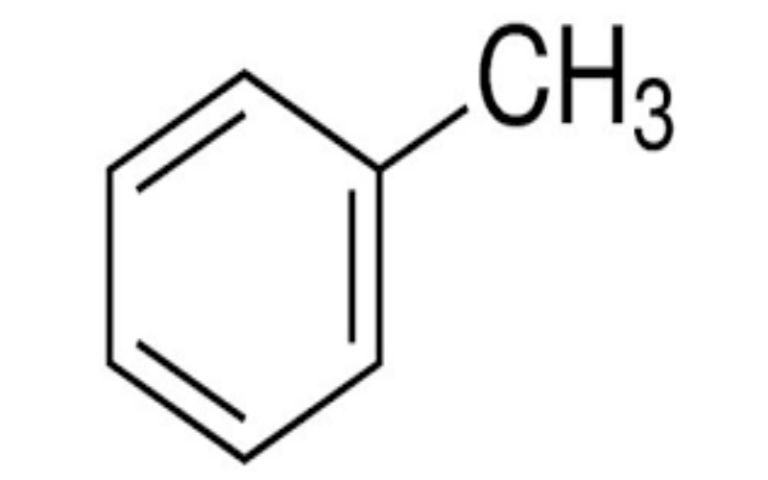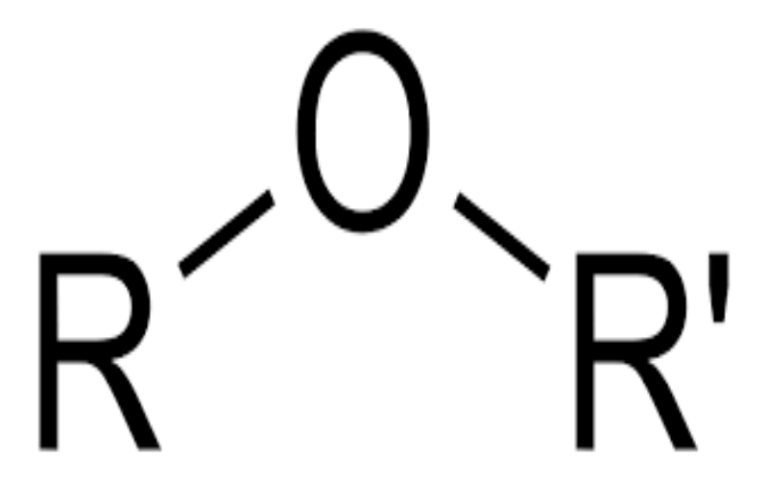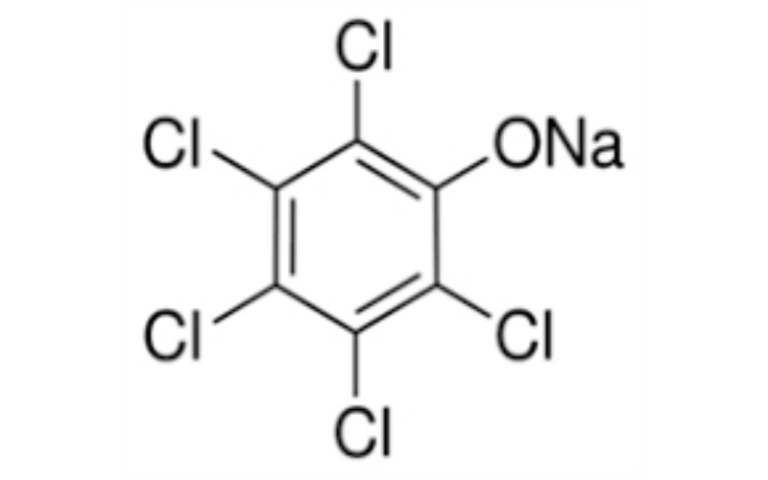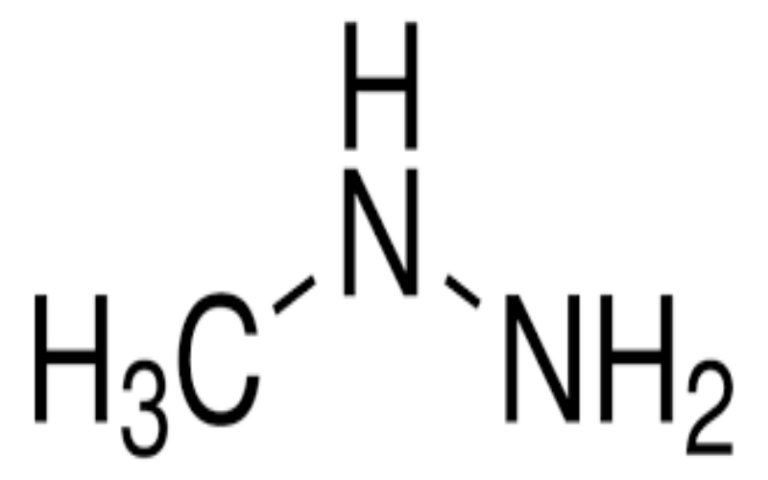Physical Properties
- Appearance: White crystalline powder or pale yellow powder with an acetic odor.
- Density: 3.27 g/cm³.
- Melting Point: 178-180°C.
- Boiling Point: 117.1°C at 760 mmHg.
- Solubility: Soluble in water, acetic acid, and dichloromethane; slightly soluble in ethanol; insoluble in benzene and hexane.
- Sensitivity: Light-sensitive.
Chemical Properties
- Stability: Stable but decomposes upon exposure to light.
- Reactivity: Incompatible with strong oxidizing agents and bases.
- Decomposition: Slowly hydrolyzes in water to form mercury(II) oxide (HgO) and acetic acid.
Applications
- Organic Synthesis: Used as a catalyst in organic reactions, such as hydromercuriation of alkenes and alkynes.
- Analytical Reagent: Used in chemical analysis.
- Pharmaceutical Industry: Used in the synthesis of certain pharmaceuticals.
- Gas Analysis: Used to absorb ethylene in gas analysis.
Safety Information
- Toxicity: Highly toxic. Acute oral LD50 in rats: 40,900 μg/kg; in mice: 23,900 μg/kg.
- Risk Phrases:
- R26/27/28: Very toxic by inhalation, in contact with skin, and if swallowed.
- R33: Danger of cumulative effects.
- R50/53: Very toxic to aquatic organisms, may cause long-term adverse effects in the aquatic environment.
- Safety Phrases:
- S13: Keep away from food, drink, and animal feeding stuffs.
- S28: After contact with skin, wash immediately with plenty of soap and water.
- S45: In case of accident or if you feel unwell, seek medical advice immediately (show the label where possible).
- S60: This material and its container must be disposed of as hazardous waste.
- S61: Avoid release to the environment. Refer to special instructions/Safety data sheets.
Handling and Storage
- Store in a cool, dry place away from light. Keep containers tightly closed and avoid contact with strong oxidizing agents and bases.
- Wear appropriate protective clothing, gloves, and eye protection when handling.
Environmental Concerns
- Mercury compounds are highly toxic to aquatic life and should not be released into the environment.
- Dispose of waste according to local regulations.
Our company specializes in hazardous chemicals, flammable and explosive chemicals, toxic chemicals (legal export), ultra-pure and high-purity reagents. Welcome to contact us.
Packing and shipping
